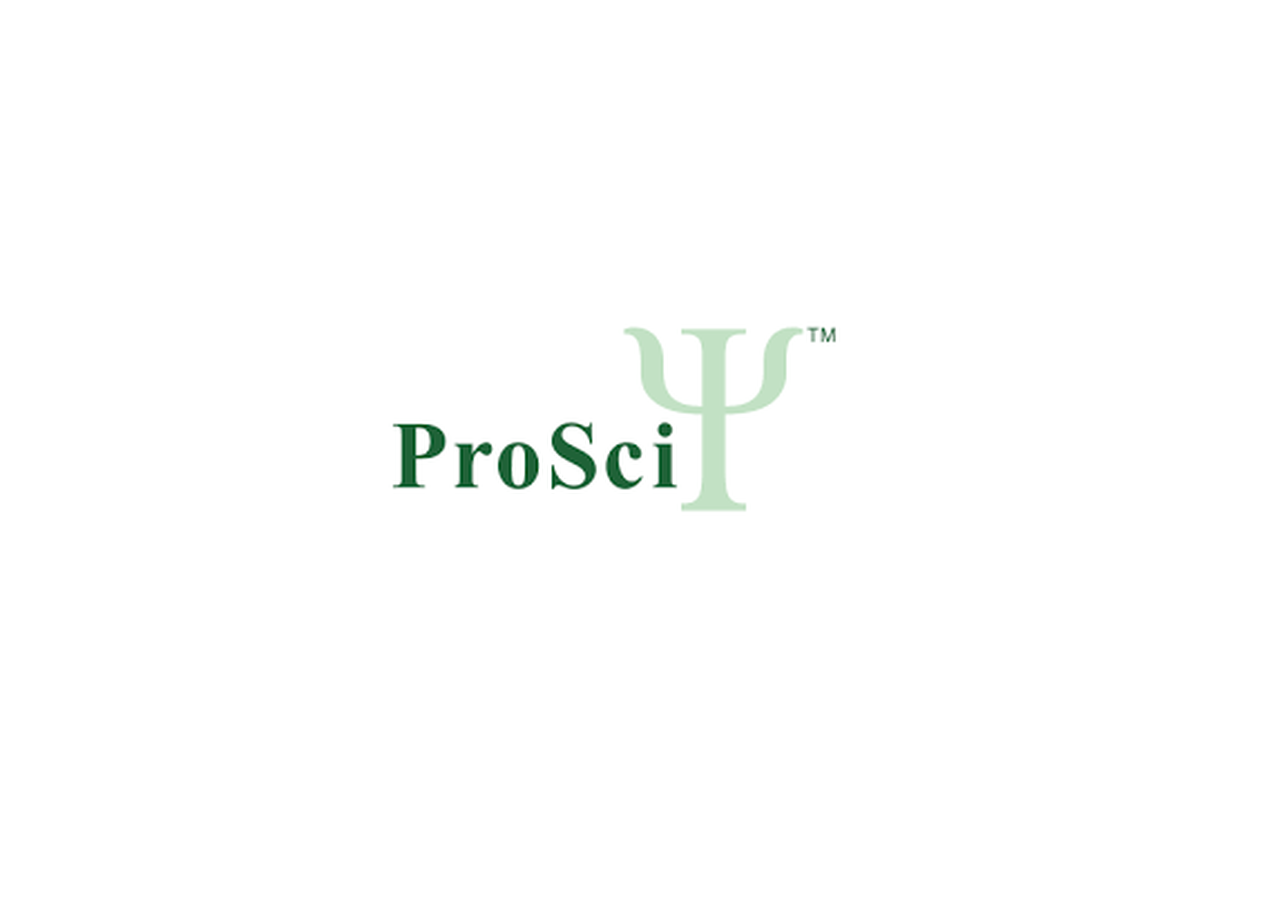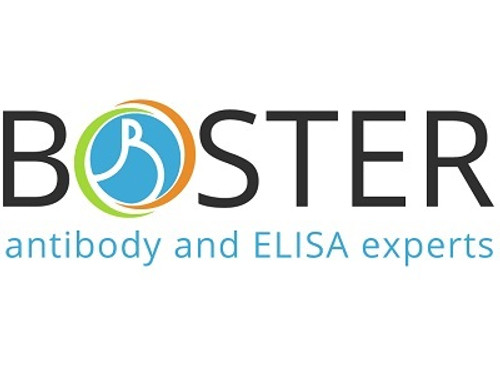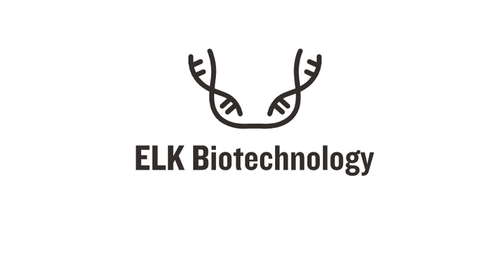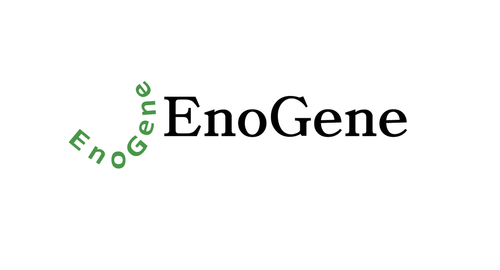Product Description
Elk-1 (phospho Ser383) Antibody | XPS-1008 | ProSci
Host: Rabbit
Reactivity: Human, Mouse, Rat
Homology: N/A
Immunogen: Elk-1 (Ser383) polyclonal antibody was raised against a synthetic phosphopeptide corresponding to amino acids residues surrounding the phosphorylated Ser383 of human Elk-1.
Research Area: Neuroscience, Phospho-Specific
Tested Application: WB
Application: Immunolabeling of the Elk-1 protein band in a Western blot of recombinant Elk-1 is blocked by the phosphopeptide used as antigen but not by the corresponding non-phospho-Elk-1. Applications include Dot Blots (DB) and Western Blots (WB) . Suitability for Immunohistochemistry (IHC) has not yet been determined. Human, mouse and rat have 100% amino acid sequence identity with the antigen used to raise the antibody. When internally tested under ideal conditions the working dilutions were 1:1000 for DB and WB.
Specificiy: Elk-1 antibody is specific for ~46k Elk-1 phosphorylated at Ser383 using phospho and dephospho Elk-1 recombinant protein.
Positive Control 1: N/A
Positive Control 2: N/A
Positive Control 3: N/A
Positive Control 4: N/A
Positive Control 5: N/A
Positive Control 6: N/A
Molecular Weight: 46
Validation: N/A
Isoform: N/A
Purification: Affinity Purified
Clonality: Polyclonal
Clone: N/A
Isotype: N/A
Conjugate: Unconjugated
Physical State: Liquid
Buffer: N/A
Concentration: N/A
Storage Condition: For long term storage -80˚C is recommended, but shorter term storage at -20˚C is also acceptable as aliquots may be taken without freeze/thawing due to the presence of 50% glycerol. Stock solutions are stable for a minimum of 1 year at -20˚C.
Alternate Name: N/A
User Note: Optimal dilutions for each application to be determined by the researcher.
BACKGROUND: Elk-1 is a transcription factor involved in mediating gene transcription in response to growth factors. Elk-1 is thought to be phosphorylated by MAP kinase at Ser383 and phosphorylation at this site is essential for the transcriptional activity of Elk-1. Phosphorylation of Elk-1 has also been implicated in synaptic plasticity in the adult hippocampus.
 Euro
Euro
 USD
USD
 British Pound
British Pound
 NULL
NULL














